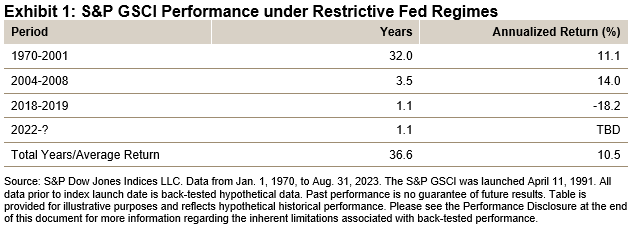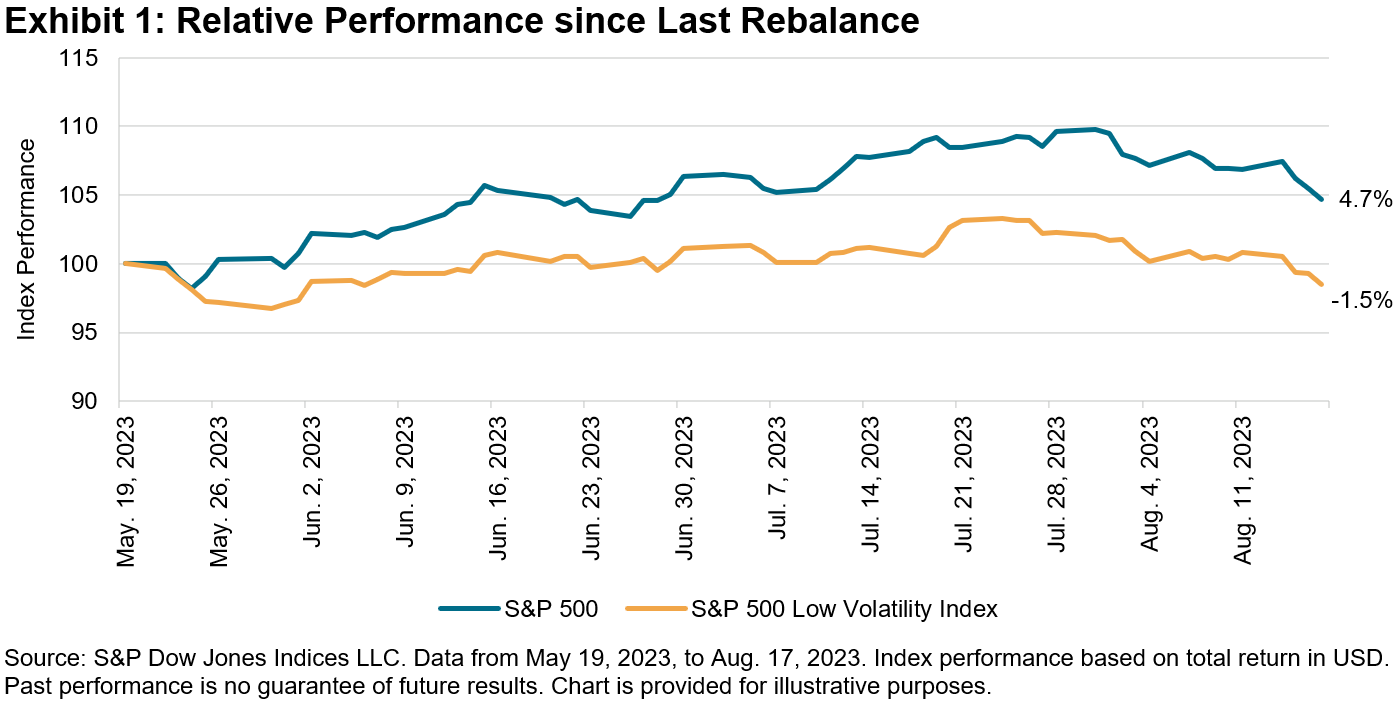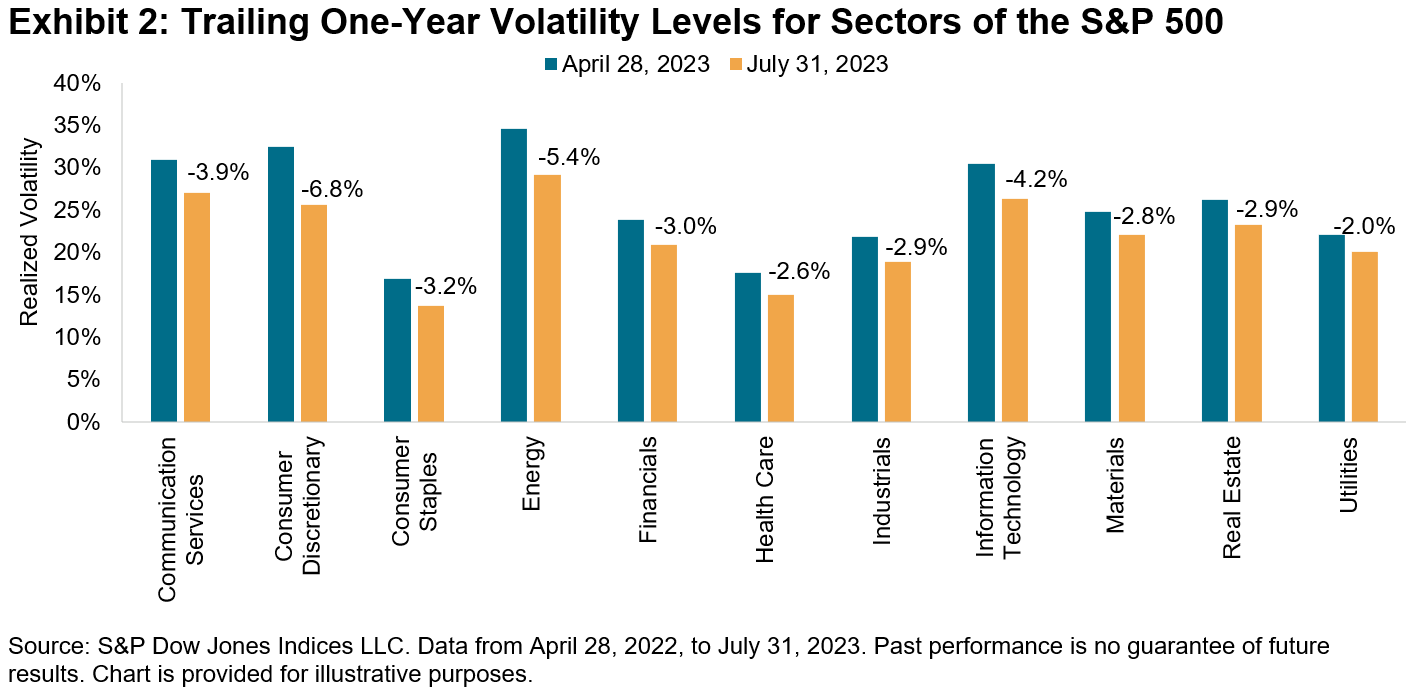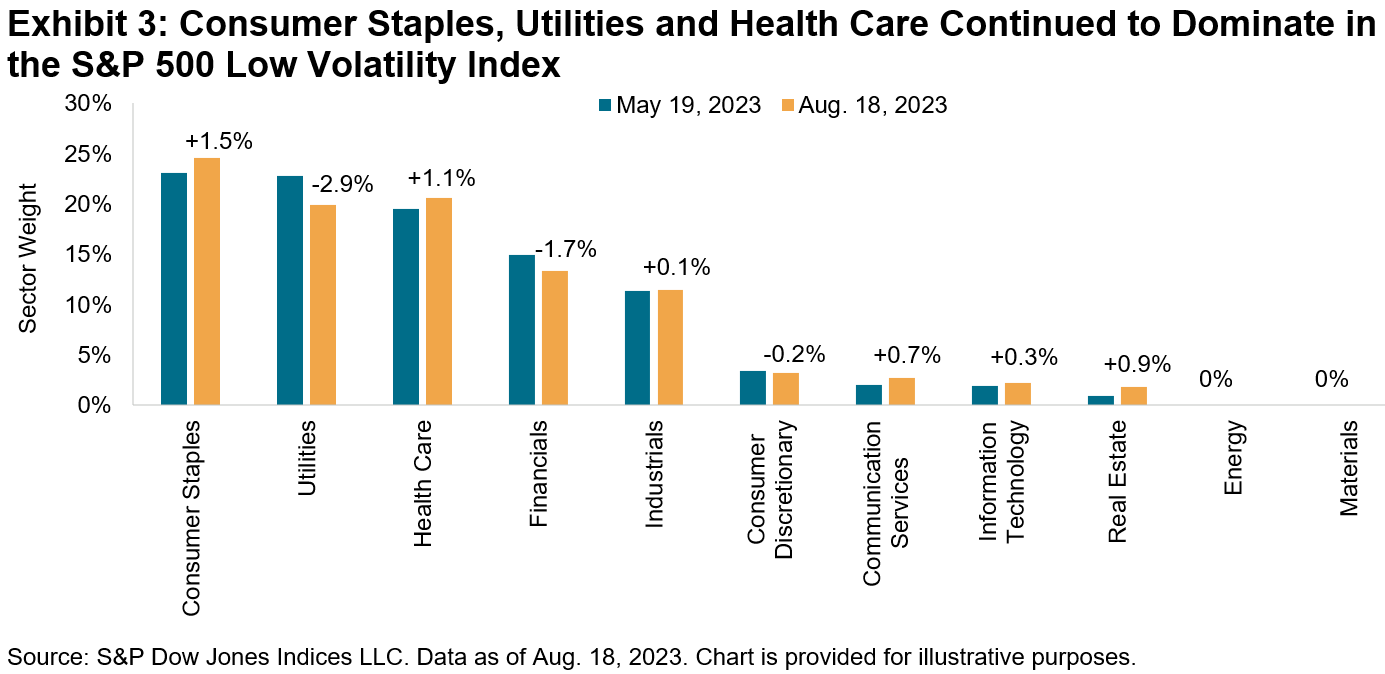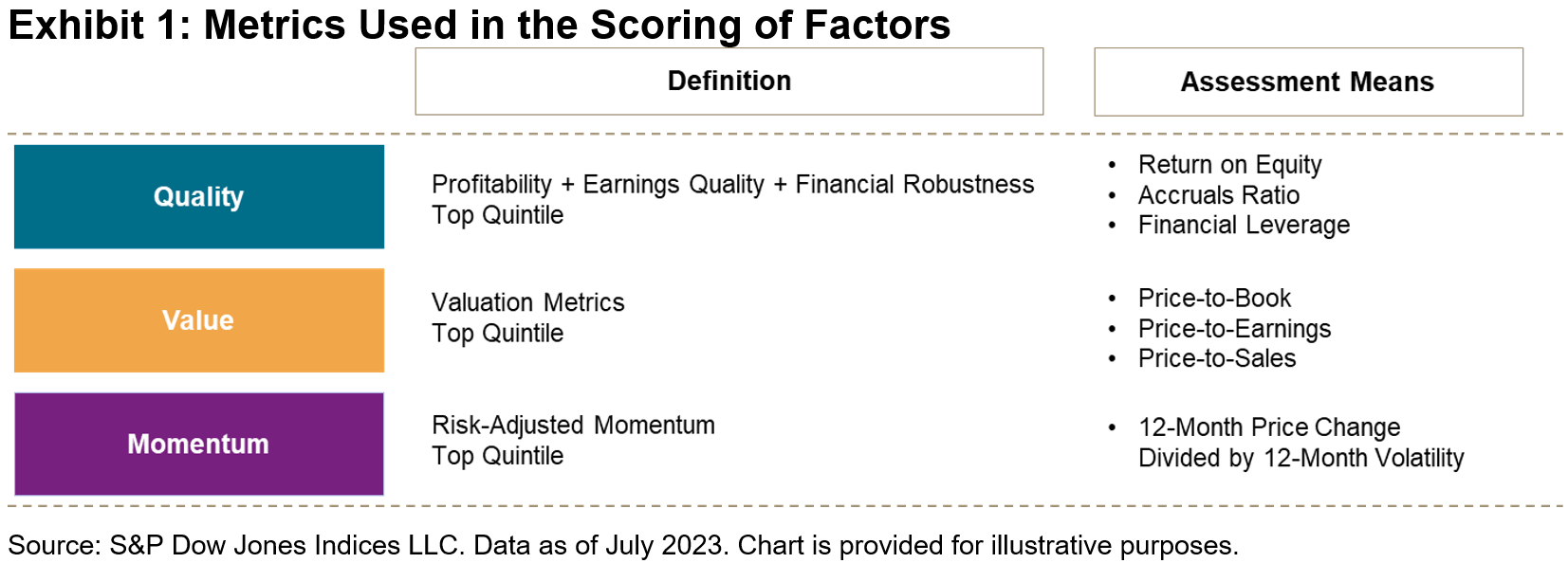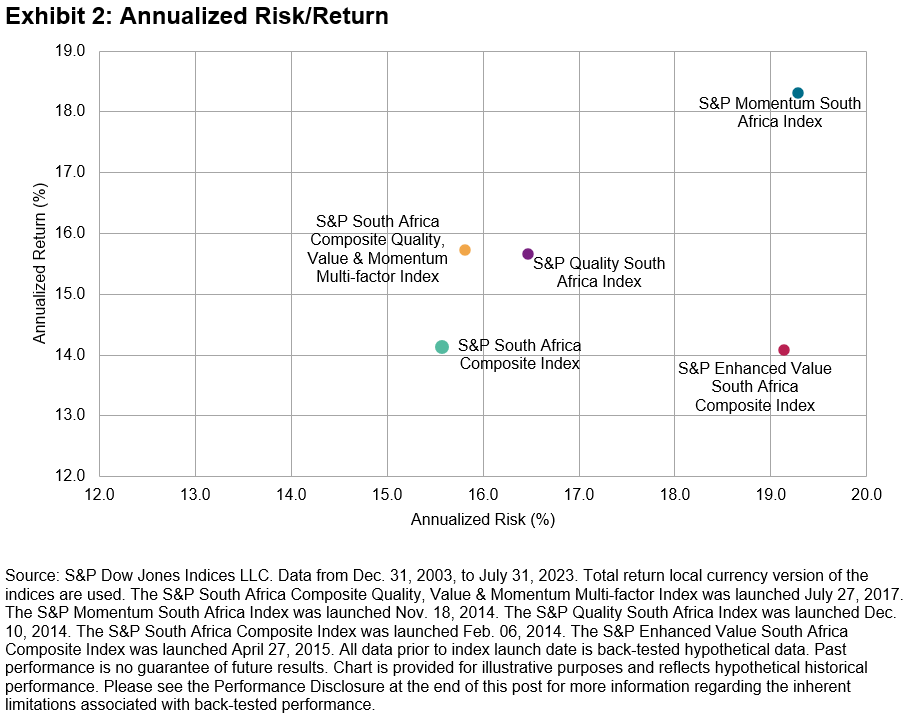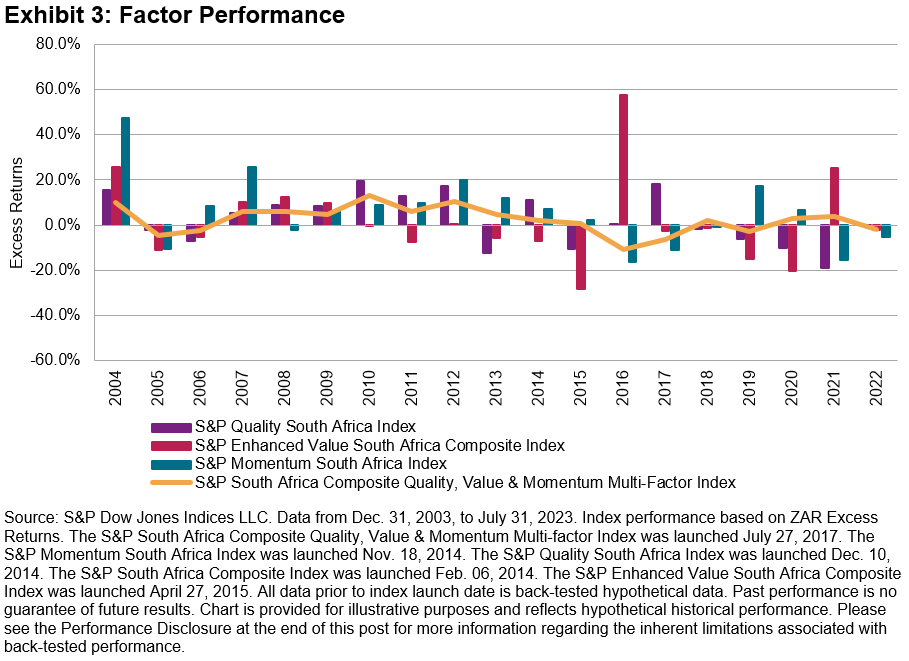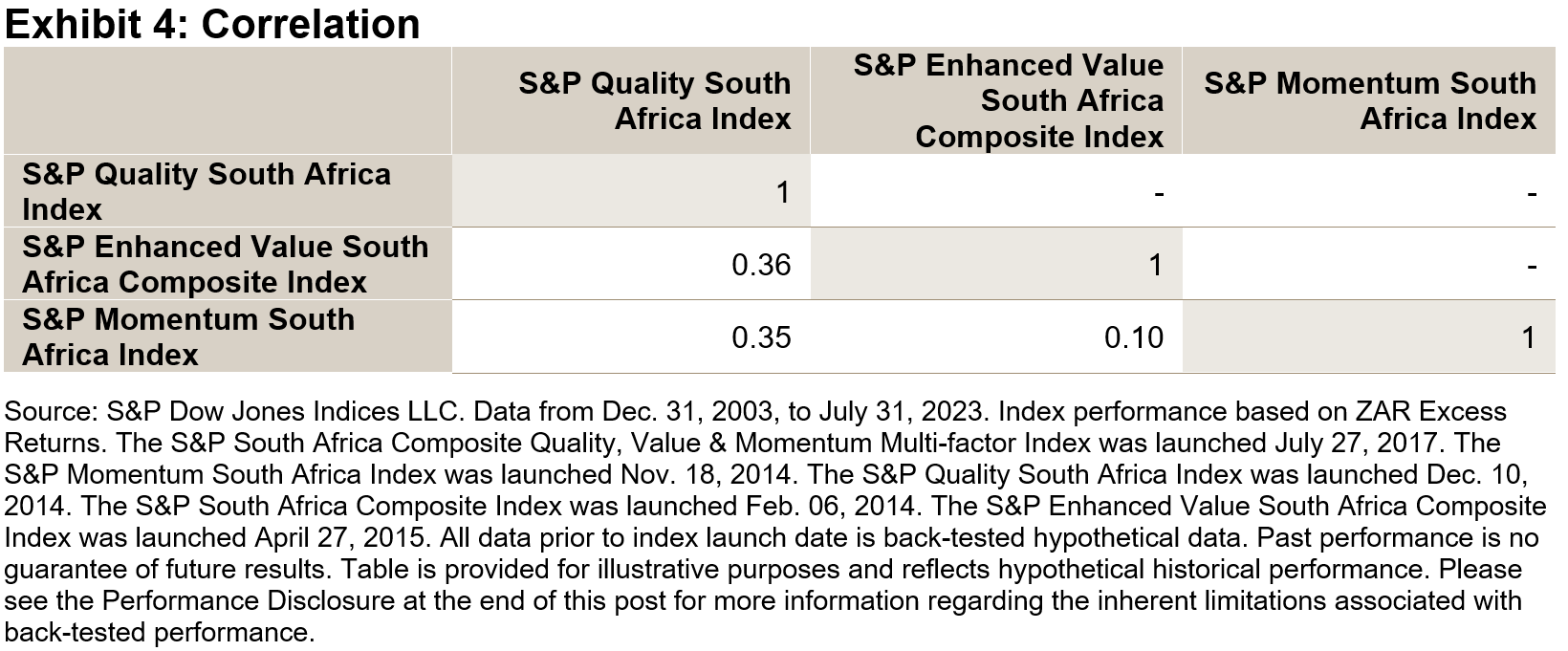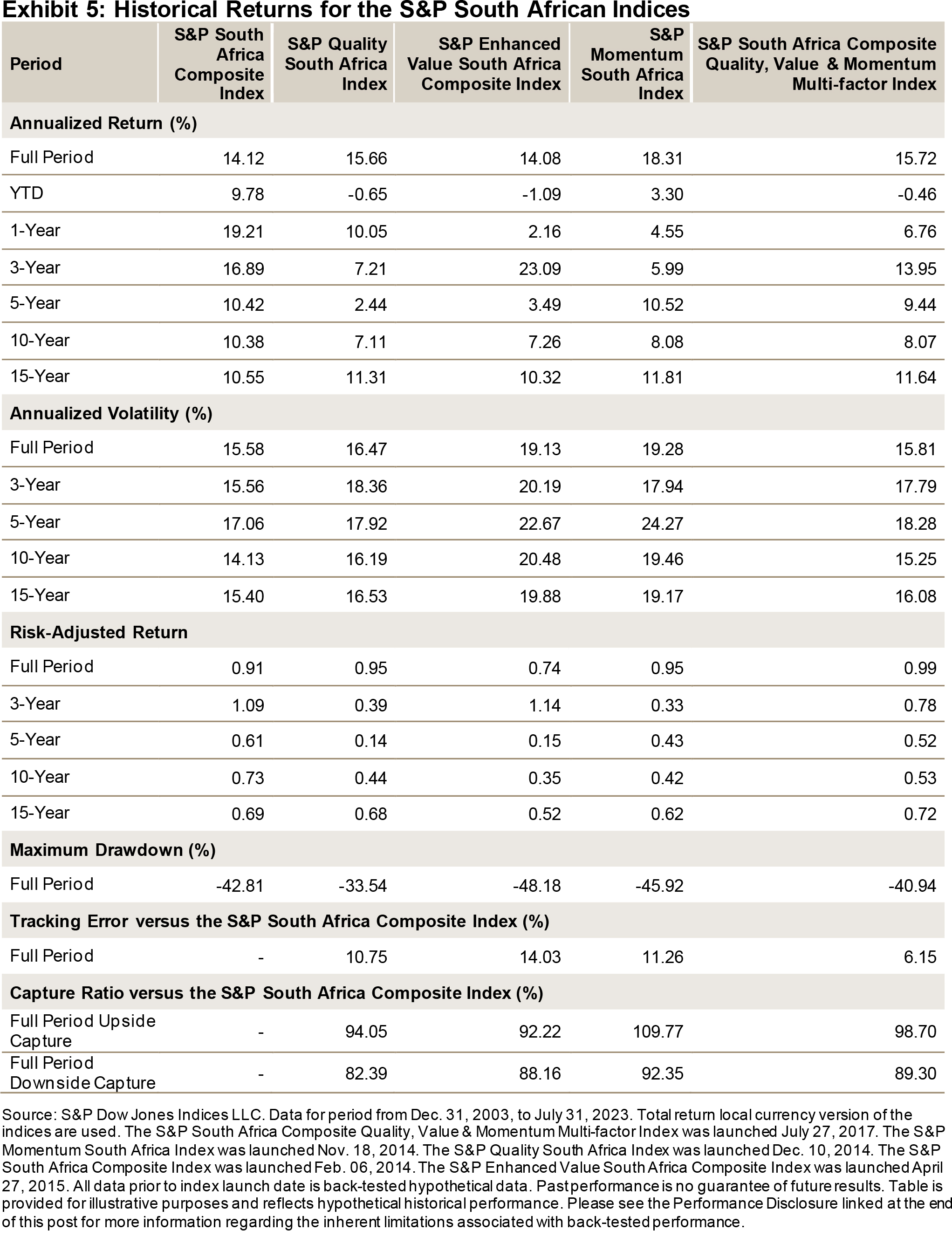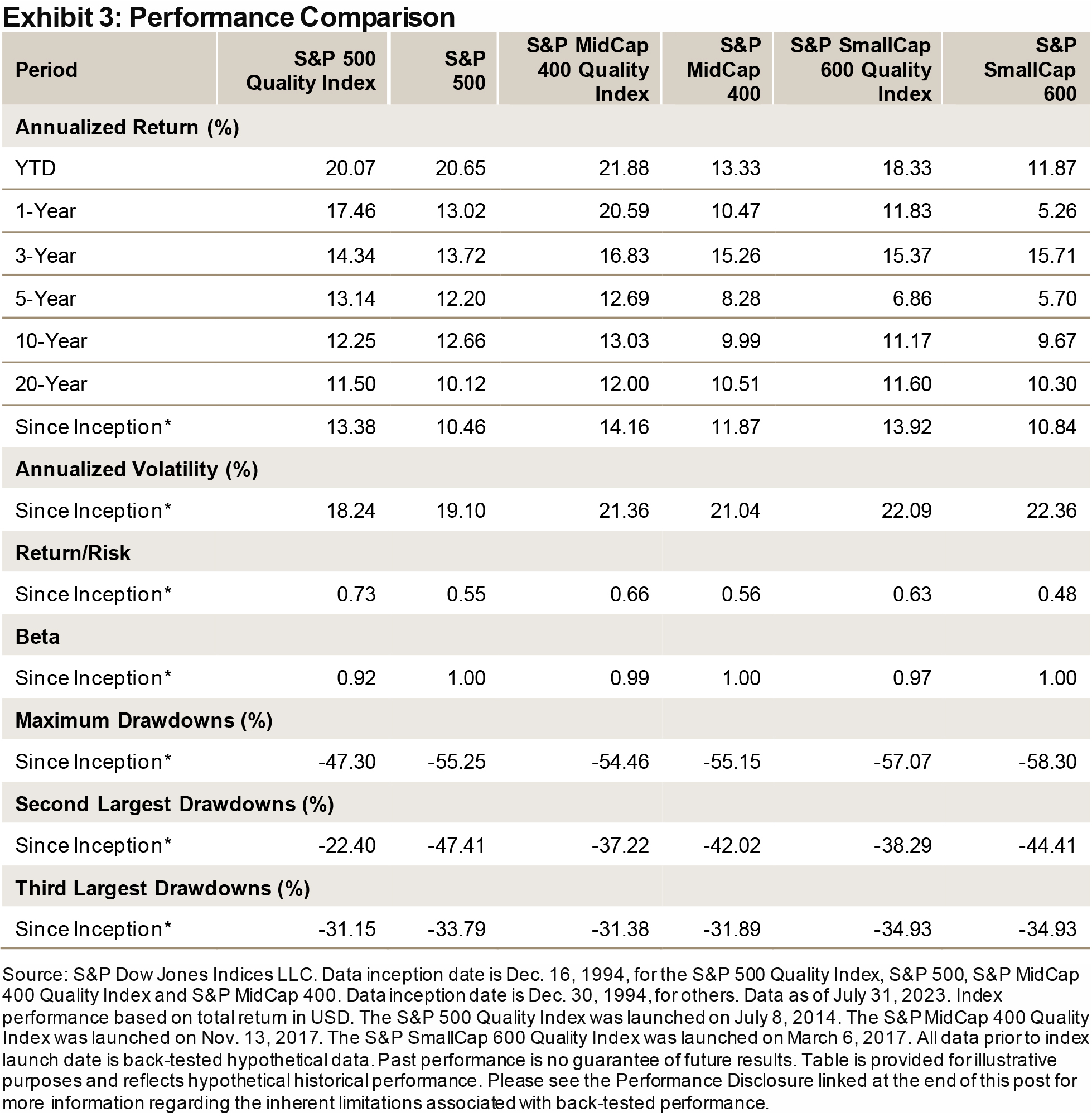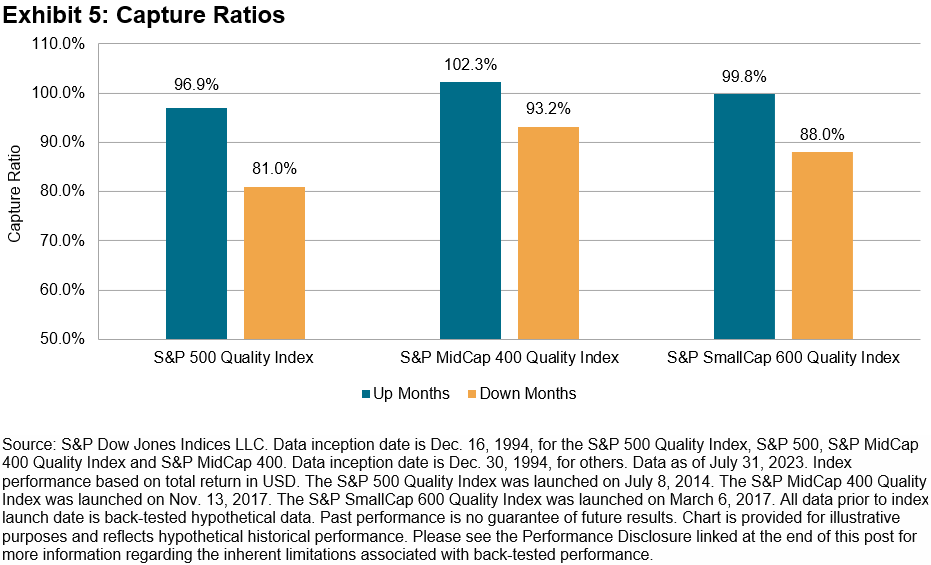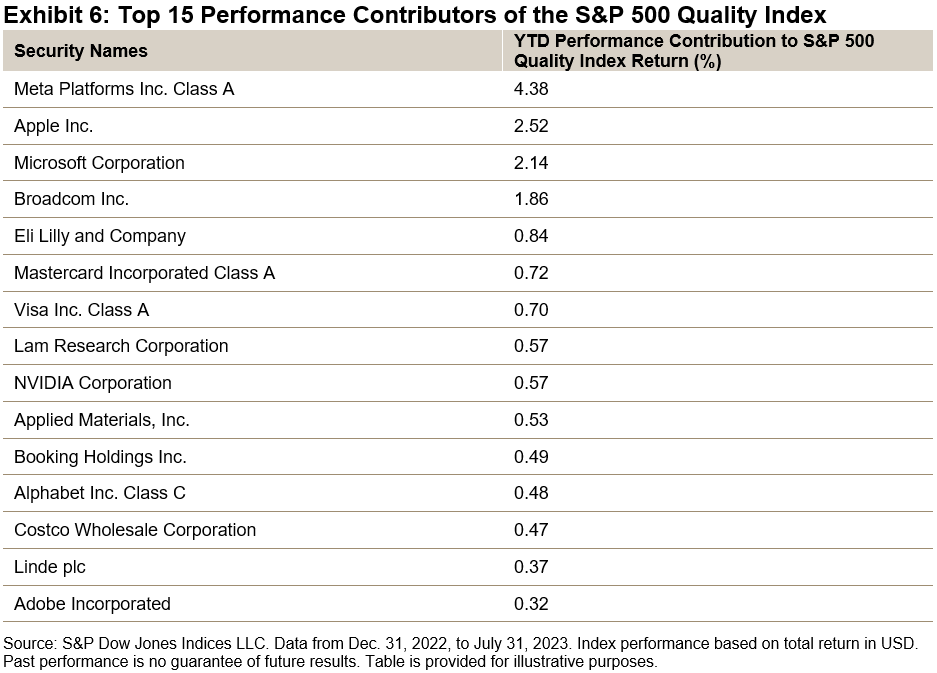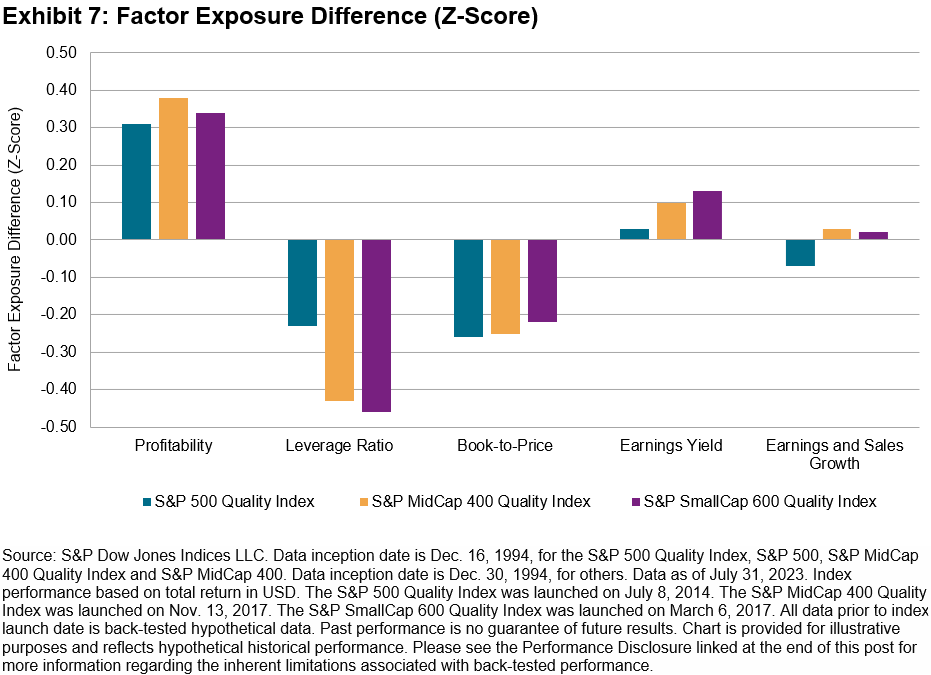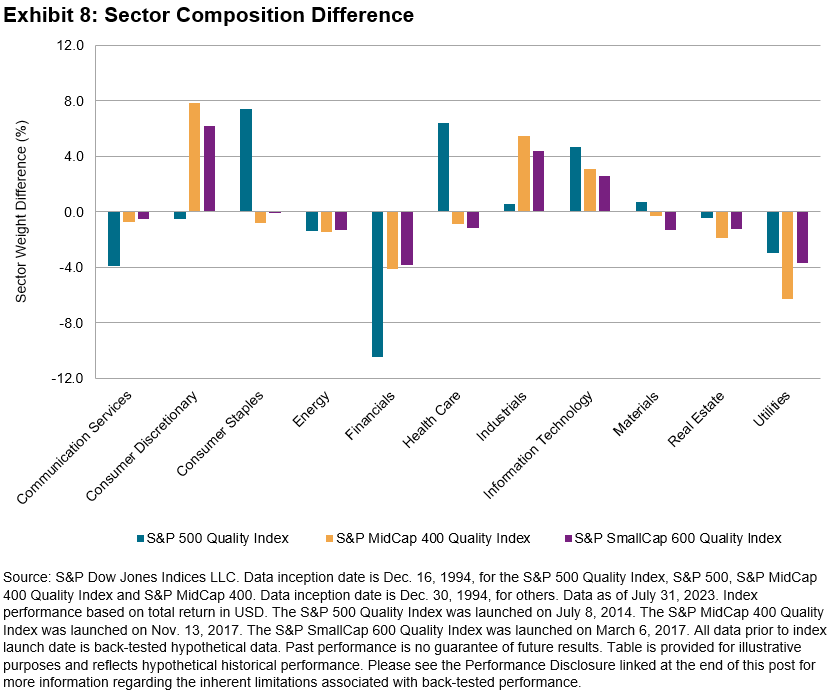The global insurance market capitalization has grown significantly over the past three decades, growing from nearly USD 350 billion at the end of 1992 to USD 2.7 trillion as of H1 2023. This growth was accompanied by a shift in global leadership. For example, Exhibit 1 shows that European insurance companies made up a greater proportion of the insurance market than their U.S. counterparts in the early 1990s. Nowadays, the U.S. accounts for the majority of the market capitalization, while Europe’s weight has diminished.

The Dow Jones U.S. Select Insurance Index captures an investable portion of the world’s largest insurance market. As with other indices in the Dow Jones U.S. Select Sector Speciality Index Series, the index is designed to measure the performance of selected subsectors of the Dow Jones Industry Classification System (DJICS). Constituents must also meet liquidity and market capitalization thresholds. The index uses a float-adjusted market capitalization (FMC) weighting scheme with some high-level diversification capping rules applied and is rebalanced quarterly in March, June, September, and December.1
The Dow Jones U.S. Select Insurance Index comprises stocks from the Dow Jones U.S. Broad Stock Market Index that are classified under DJICS as Full Line Insurance, Property & Casualty Insurance and Life Insurance, and excludes companies whose principal business activities are classified as Reinsurance and Insurance Brokers. Exhibit 2 shows that Property & Casualty Insurance is the primary subsector, making up 67% of the index as of June 30, 2023, followed by Life Insurance at 24% and Full Line Insurance as the smallest slice at just 10%.

Insurance companies are typically considered non-cyclical or “defensive” given that the products and services provided by insurance companies are often needed regardless of the phase of the business cycle. The historical performance of the Dow Jones U.S. Select Insurance Index appears to reflect this perspective.
Exhibit 3 shows that, while the Dow Jones U.S. Select Insurance Index posted similar performance to the Dow Jones U.S. Broad Market Index since the end of 1991 (an annualized 9.5% vs 9.9%, respectively), the insurance index outperformed in turbulent environments. For example, the broad market declined by 19% in 2022, while the Dow Jones U.S. Select Insurance Index gained 12%, outperforming by 31%. In H1 2023, the insurance index underperformed, as tech stocks propelled the market higher.

The Dow Jones U.S. Select Insurance Index typically had a lower trailing 12-month P/E ratio than the Dow Jones U.S. Broad Stock Market Index, meaning market participants typically paid less for every dollar of earnings received. The index also had a moderately higher realized dividend yield than the Dow Jones U.S. Broad Market Index, showing that insurance companies paid more dividends relative to their share price.

1 For further details, please see the Dow Jones U.S. Select Sector Speciality Indices Methodology.
The posts on this blog are opinions, not advice. Please read our Disclaimers.



